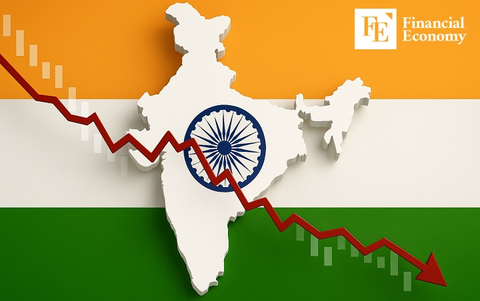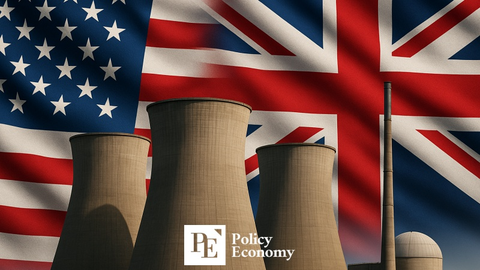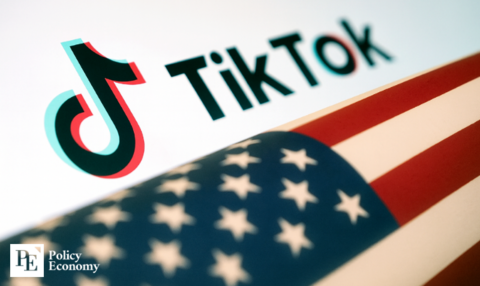Trump and Zelenskyy Share ‘Frank’ but ‘Very Good’ Call as Ukraine Accepts Partial Ceasefire
Input
Modified
A “Very Good” Call but a “Frank” Reality The First Ceasefire Mission: A Faltering Start The Bigger Picture: What Will It Take to End the War?
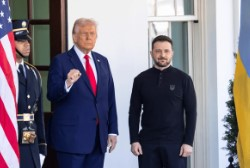
A “Very Good” Call but a “Frank” Reality
In a development that has captured the world's attention, U.S. President Donald Trump and Ukrainian President Volodymyr Zelenskyy engaged in what has been described as a “frank” but “very good” phone call. During this call, Ukraine agreed to a partial ceasefire with Russia in an effort to reduce the ongoing violence in the conflict-ridden regions. While this momentary break in hostilities is a significant diplomatic achievement, experts and analysts caution that achieving a comprehensive peace agreement will be a far more complicated and lengthy process—one that could take months, if not years, to negotiate. Despite the promising tone of the call, the road to lasting peace remains fraught with challenges.
This partial ceasefire marks a temporary respite from the intense and ongoing violence that has plagued Ukraine since Russia’s invasion in 2022. The decision to engage in dialogue and entertain the possibility of a ceasefire is seen as a step in the right direction, particularly as both Ukrainian and Russian forces continue to clash on the frontlines. However, the bigger question is whether these preliminary steps can evolve into a comprehensive peace agreement, something that would require significant trust-building and diplomatic maneuvering on both sides.
The phone call between Trump and Zelenskyy was described as being both “very good” and “frank.” According to reports, the two leaders discussed a wide range of issues, including the possibility of establishing a partial ceasefire to ease tensions. Zelenskyy, despite expressing his frustration with Russia’s ongoing aggression, agreed to halt certain military activities temporarily in hopes of opening the door to future negotiations. This development is seen as a victory for diplomacy, as both parties showed a willingness to engage in dialogue, albeit under tense and difficult circumstances.
However, as much as the call may have been seen as productive, the political and military realities of the situation remain stark. The ceasefire, though a temporary relief, does little to address the root causes of the conflict or the deep-seated animosity between Russia and Ukraine. The words exchanged during the phone call between Trump and Zelenskyy were far from enough to build the necessary trust to move forward with a full and lasting ceasefire. While the agreement to halt attacks on certain fronts is a positive step, it is not a definitive end to the conflict.
Trump’s involvement in the negotiation process has added an interesting dynamic to the situation. His administration has long held an interest in shaping global geopolitics, particularly with regard to energy and military issues. One of the key points raised during the call was the potential for the U.S. to assume control over Ukraine's power plants as part of the larger ceasefire agreement. This suggestion, though not fully fleshed out, hints at a more hands-on U.S. approach to Ukraine’s energy security, an area that has been critically impacted by the war. While this may be viewed as a way to bolster Ukraine’s infrastructure and ensure its energy independence from Russian control, it is also a contentious issue that could lead to further complications in the already complex negotiations.
For the partial ceasefire to evolve into a lasting peace agreement, both Zelenskyy and Russian President Vladimir Putin must build trust between themselves. This is, without a doubt, one of the most difficult tasks in international diplomacy. Zelenskyy’s mistrust of Putin is well-documented, especially in light of the brutal tactics used by Russian forces in Ukraine. Putin, on the other hand, is unlikely to offer concessions without assurances of Ukraine’s willingness to compromise on territorial and political issues. These two leaders have been locked in a bitter conflict for years, and their personal animosity has made the possibility of a lasting peace agreement appear elusive.
During their discussions, Zelenskyy made it clear that mere words from Putin would not be enough to secure a sustainable ceasefire. Trust, he argued, must be earned through tangible actions, not just promises. This sentiment was echoed by other world leaders who have been closely monitoring the situation. While there is a clear desire for peace, particularly from Zelenskyy, the reality is that Ukraine’s sovereignty and territorial integrity are non-negotiable in the eyes of the Ukrainian people. Thus, any peace agreement that comes out of these discussions will need to take these concerns into account, ensuring that Ukraine is not forced into concessions that undermine its national interests.
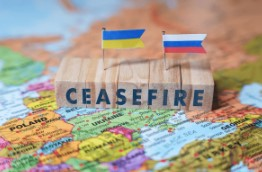
The First Ceasefire Mission: A Faltering Start
Despite the optimistic tone of the call between Trump and Zelenskyy, the very first mission to enact the ceasefire seems to have faltered. Within hours of the phone call, reports emerged that both Ukrainian and Russian forces had exchanged attacks, undermining the fragile ceasefire agreement. Ukrainian officials confirmed that Russian forces had continued their offensive operations, launching drone attacks against Ukrainian targets. In response, Ukraine retaliated with missile strikes of its own. The swift escalation of violence underscores the difficulty of halting a conflict that has already been entrenched for years.
This failure to uphold the ceasefire agreement early on illustrates the broader challenges that come with attempting to broker peace in such a volatile and complex conflict. Ceasefire agreements, particularly in situations as fraught as the one between Ukraine and Russia, are often fragile and difficult to enforce. Trust is easily broken, and violations on both sides can quickly undo any progress made. This initial setback does not bode well for the future of the ceasefire, as it highlights the lack of real commitment to peace on the ground.
Furthermore, the exchange of attacks between Ukrainian and Russian forces raises concerns about the ability of Trump, Zelenskyy, and other global leaders to manage the conflict in the long term. A successful ceasefire requires a commitment from both sides to uphold the terms of the agreement, as well as a robust mechanism for monitoring and enforcing compliance. Without these safeguards in place, it is likely that any ceasefire agreement will remain tenuous at best.
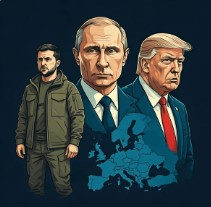
The Bigger Picture: What Will It Take to End the War?
While the partial ceasefire may provide a temporary respite from the violence, the larger question remains: What will it take to bring an end to the war in Ukraine? A ceasefire, as important as it may be, is just one part of the broader peace process. A comprehensive peace agreement would require addressing the underlying political and territorial disputes between Ukraine and Russia, including the status of Crimea and the eastern regions of Ukraine. These issues are deeply contentious and will require significant concessions from both sides to reach a resolution.
Moreover, international actors such as the European Union, the U.S., and NATO will also play crucial roles in shaping the future of Ukraine’s security and territorial integrity. European leaders, in particular, have been vocal in their support of Ukraine, but they also have their own interests to consider. The EU has been working to strengthen its own defense capabilities and may be hesitant to fully commit to an agreement that could undermine its security priorities.
As for the U.S., Trump’s role in the negotiation process remains unclear. While his involvement in the phone call with Zelenskyy is seen as a step toward bringing Ukraine and Russia to the table, the question remains whether Trump will be able to exert the necessary influence to secure a full and lasting peace. His past rhetoric and policies towards Russia have been polarizing, and his relationship with European allies has been strained. This may complicate his ability to act as a neutral mediator in the conflict.
In conclusion, while the partial ceasefire between Ukraine and Russia is a welcome development, it is clear that the path to lasting peace will be fraught with challenges. The road ahead will require significant trust-building, diplomatic flexibility, and careful management of the competing interests at play. Trump and Zelenskyy’s phone call may have been a step in the right direction, but it is only the beginning of what will likely be a long and arduous journey towards peace.
The situation in Ukraine remains incredibly complex, and while the temporary ceasefire provides some hope, it is far from a guarantee that the conflict will end anytime soon. As both sides continue to grapple with their differences, the international community must remain vigilant, ensuring that any steps toward peace are backed by meaningful action and sustained commitment from all parties involved.
Ultimately, the success of the ceasefire and the potential for a full peace agreement will depend on the willingness of both Ukraine and Russia to make difficult compromises. For now, the world watches closely, hoping that this fragile moment of peace will be the first step towards a broader and more enduring resolution to the crisis.




